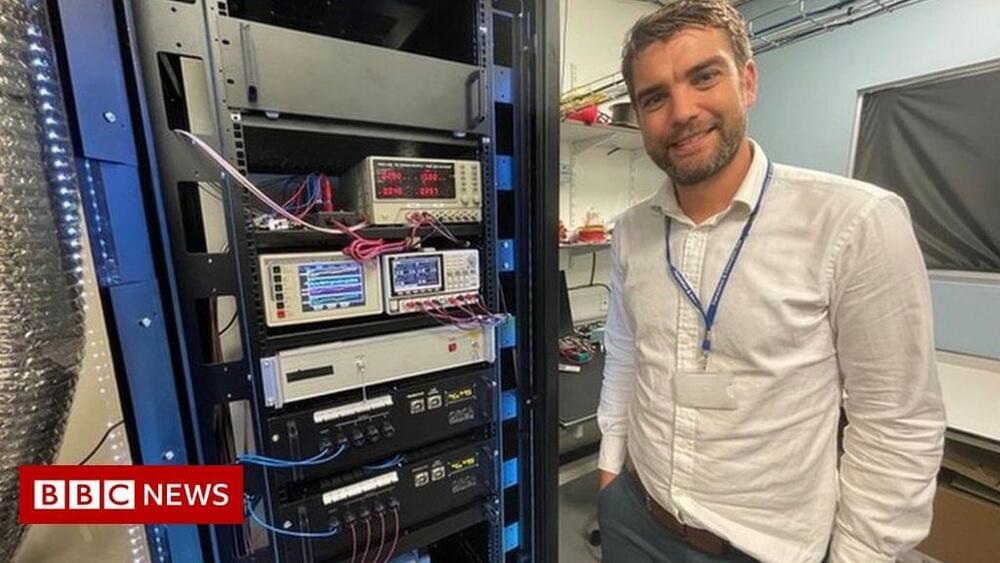In her March 7 public lecture at Perimeter Institute, Emily Levesque discusses the history of stellar astronomy, present-day observing techniques and exciting new discoveries, and explores some of the most puzzling and bizarre objects being studied by astronomers today.
Perimeter Institute (charitable registration number 88,981 4323 RR0001) is the world’s largest independent research hub devoted to theoretical physics, created to foster breakthroughs in the fundamental understanding of our universe, from the smallest particles to the entire cosmos. The Perimeter Institute Public Lecture Series is made possible in part by the support of donors like you. Be part of the equation: https://perimeterinstitute.ca/inspiring-and-educating-public.
Subscribe for updates on future live webcasts, events, free posters, and more: https://insidetheperimeter.ca/newsletter/
Facebook.com/pioutreach.
twitter.com/perimeter.
instagram.com/perimeterinstitute.
Donate: https://perimeterinstitute.ca/give-today







